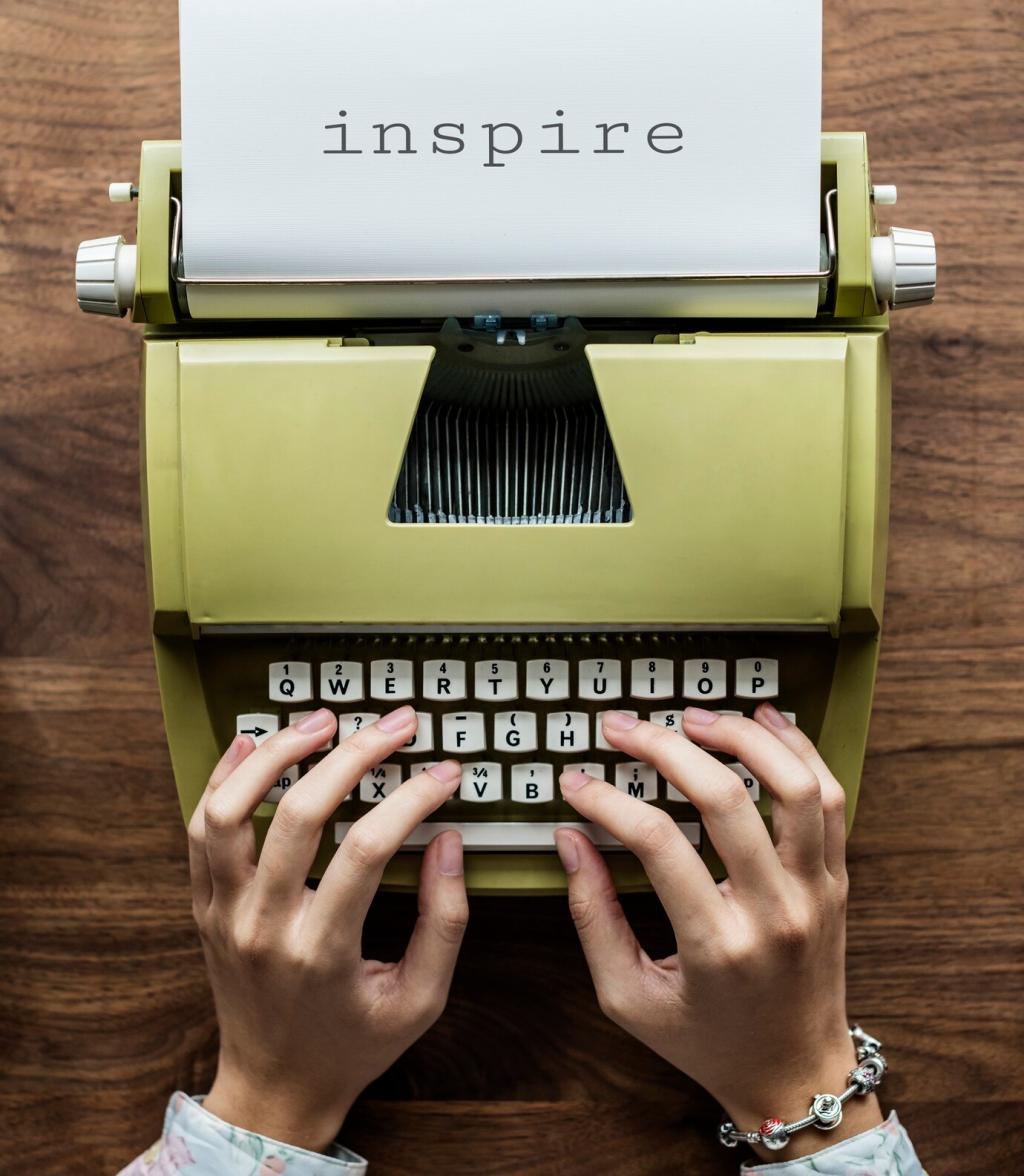Why Emotions Matter in Interior Design Copywriting
Marble counters and oak floors are features; morning rituals and quiet reunions are feelings. Effective copy translates specifications into lived experiences, helping audiences imagine themselves at home. Comment with one material you love and the feeling it should always evoke.
Why Emotions Matter in Interior Design Copywriting
A single line—about sunlight warming a breakfast nook—can generate more trust than a paragraph of technical claims. When readers feel seen, they stay. Share a small moment your projects celebrate, and we’ll suggest one evocative sentence to capture it.



